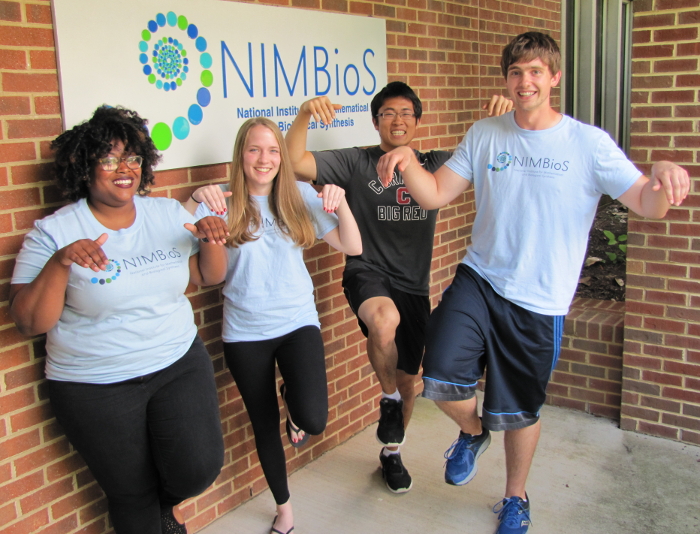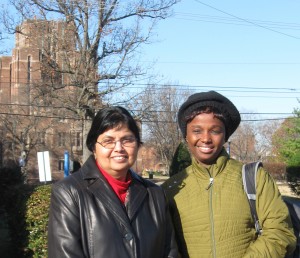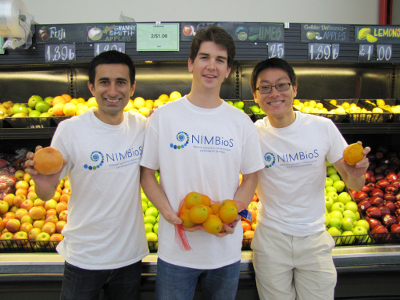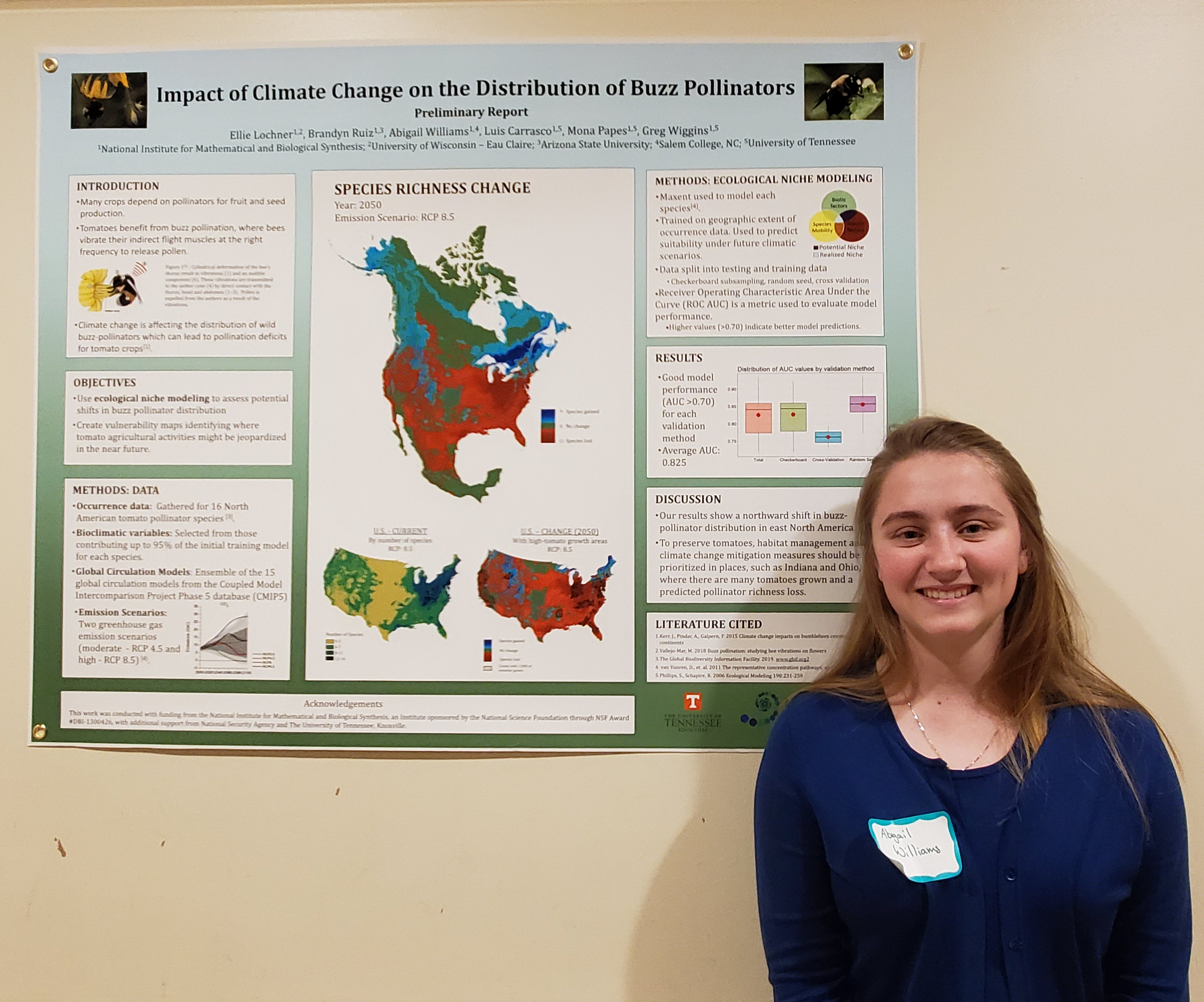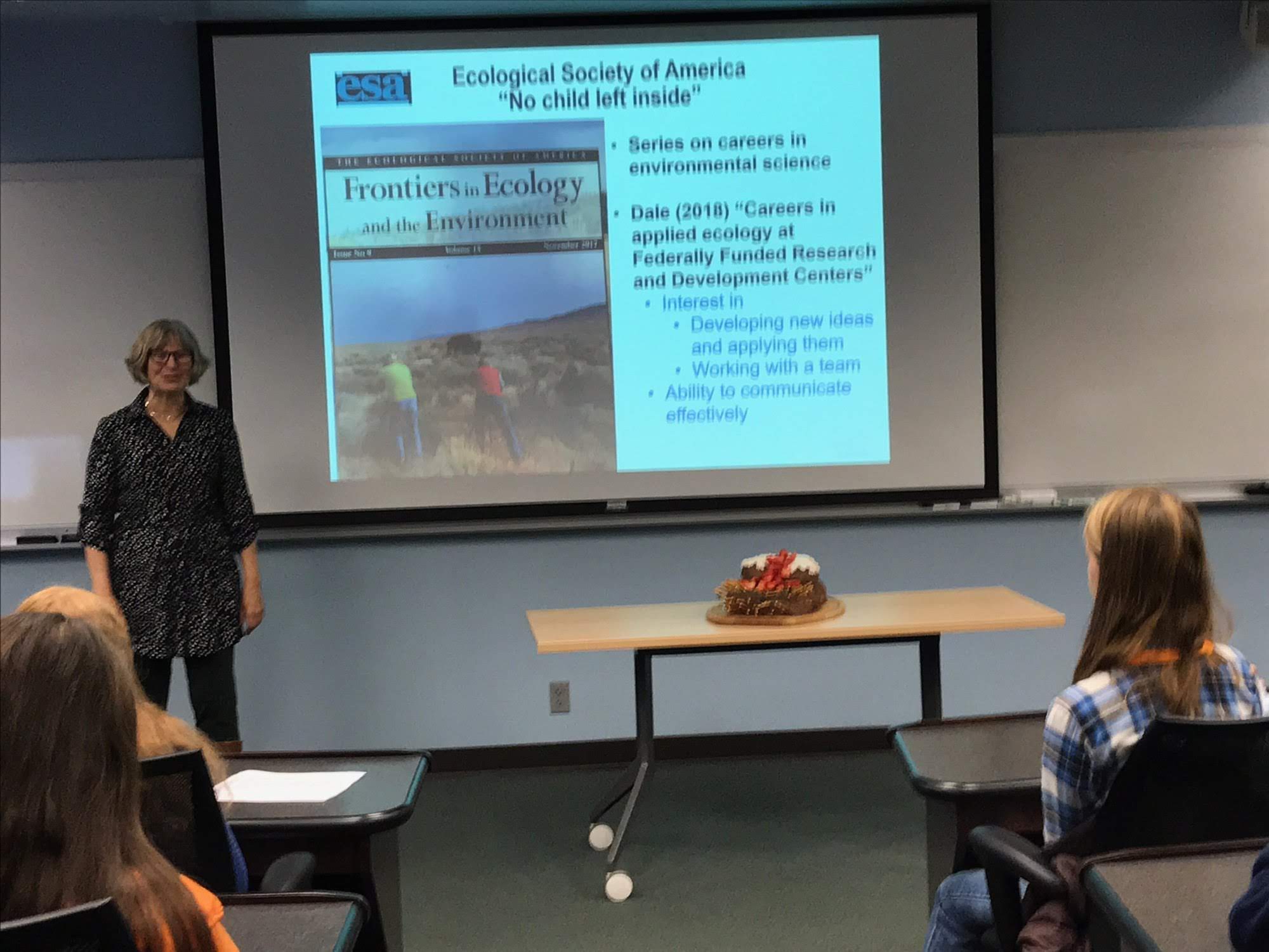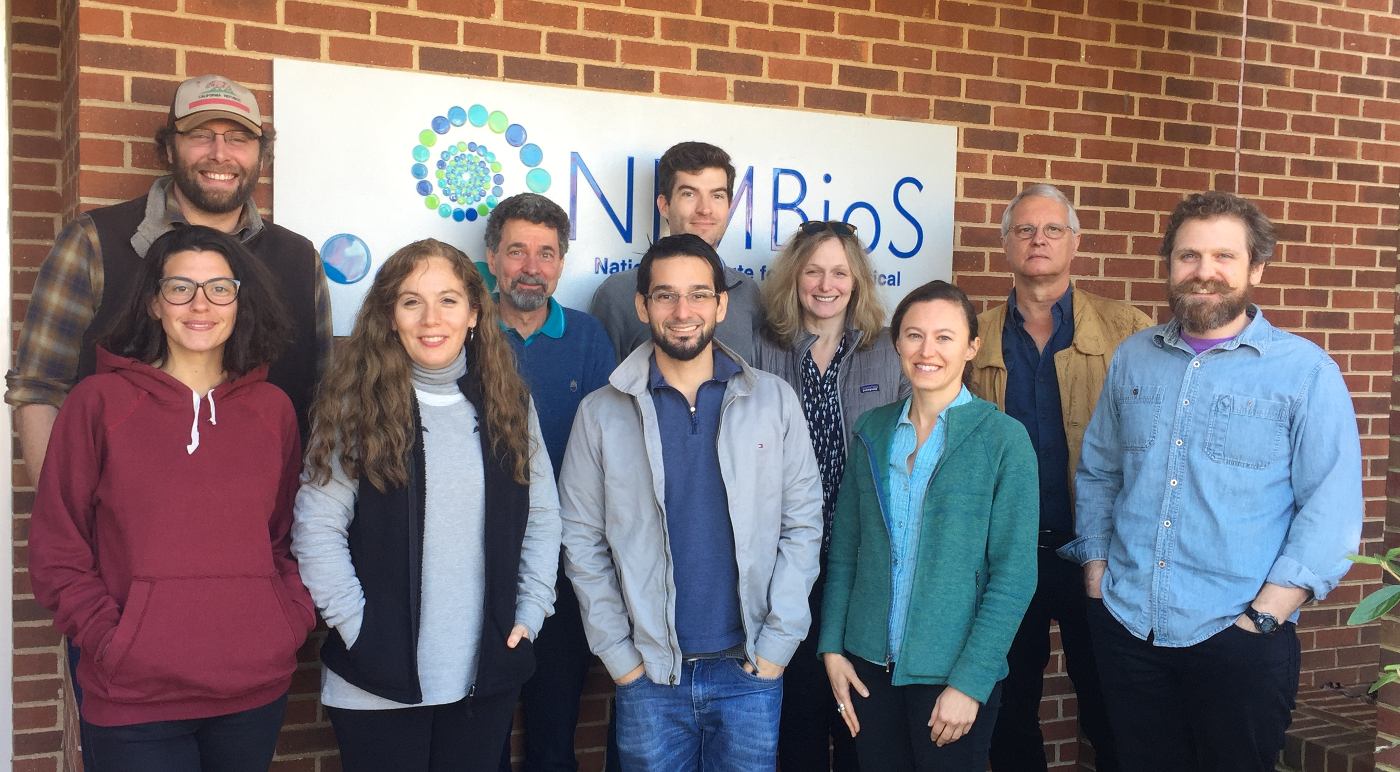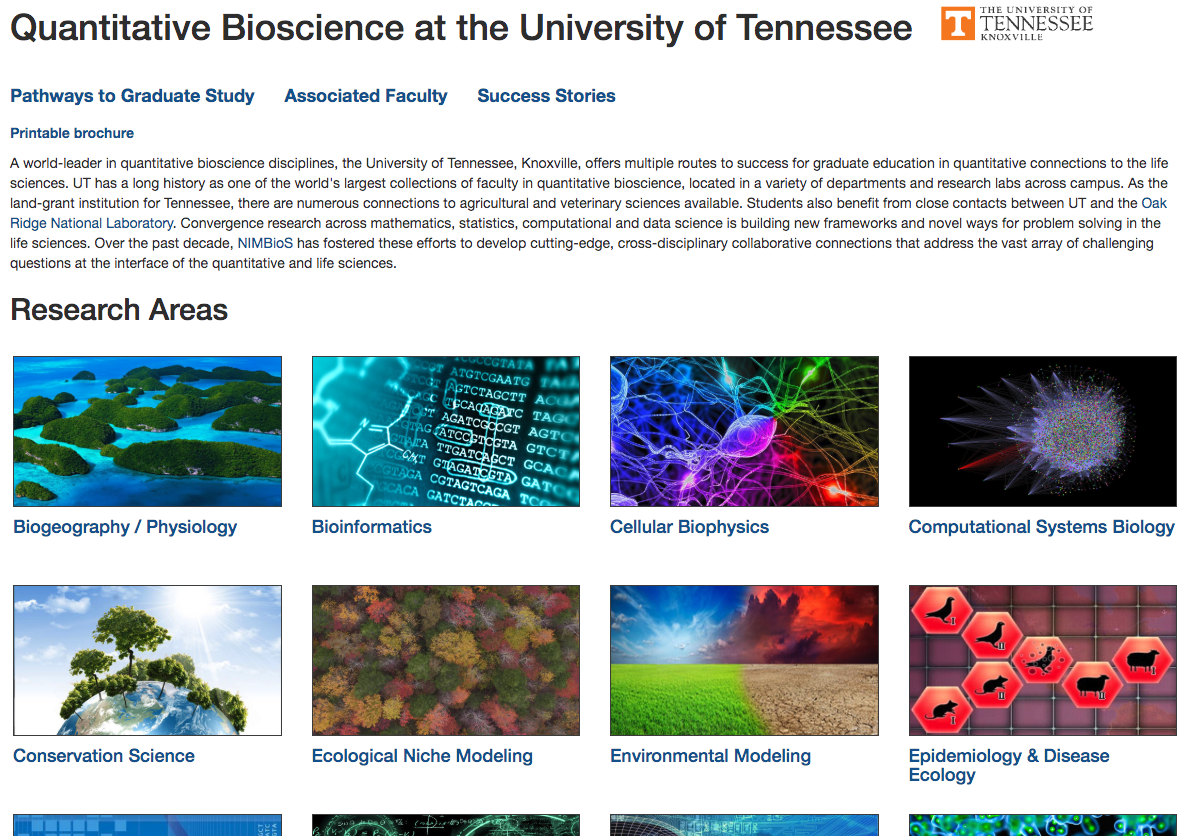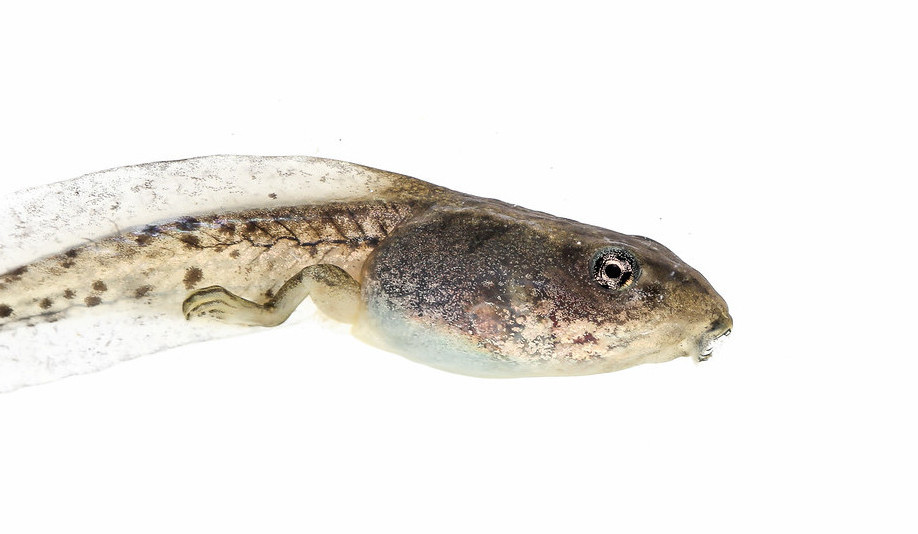Coronavirus is capturing headlines around the world, and infectious disease experts are relying on data and mathematical models to help curb its spread.
NIMBioS Associate Director and UT Mathematics Professor Suzanne Lenhart, three former UT math PhD students and UT Epidemiology Professor Agricola Odoi have been working on modeling COVID-19 in Knox County using the cumulative number of cases and deaths.
The former UT math PhD students are Dr. Ibrahim Halil Aslan, Dr. Mahir Demir, and Dr. Michael Morgan Wise. Along with Lenhart they are collaborating authors of the Coronavirus-19 Outbreak Response Experts (CORE-19) at the University of Tennessee, Knoxville. Odoi is a member of the CORE-19 steering committee.
Their findings use modeling techniques and COVID-19 data from the Knox County Health department to forecast outbreak dynamics 3 months into the future. It also investigates the efficacy of social distancing policy, forecasting additional peaks for the outbreak if social distancing mandates are relaxed.
This collaborative group is now working on modeling the effects of some UT students returning to live on campus and interacting with UT and Knox County communities.
To view their models and read more, http://core19.utk.edu/policy-briefs


